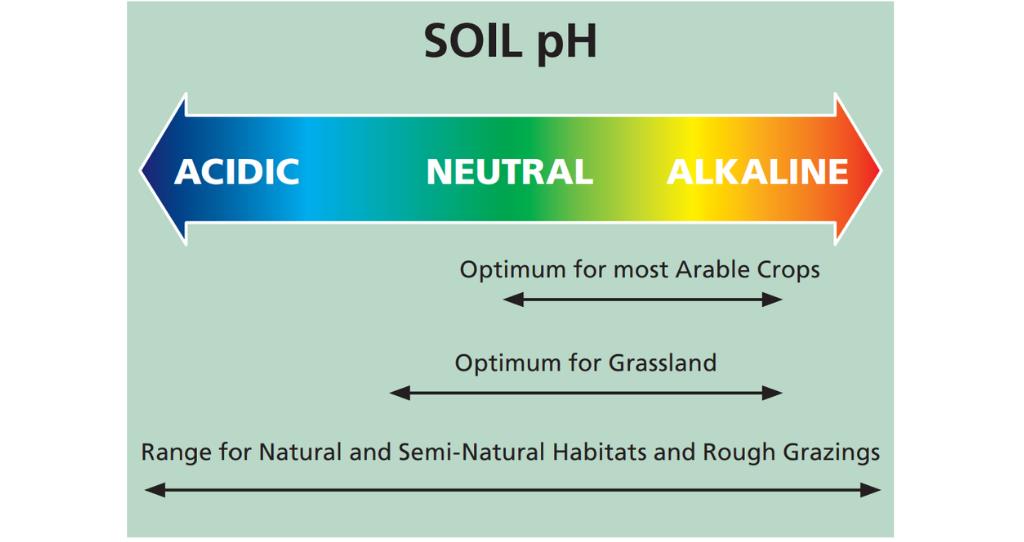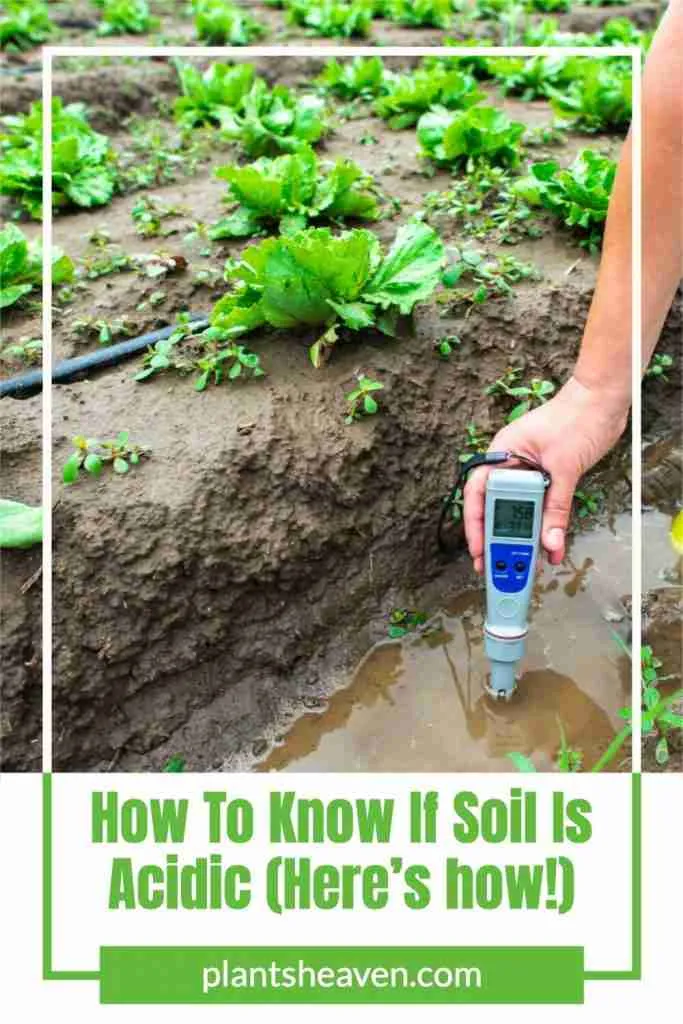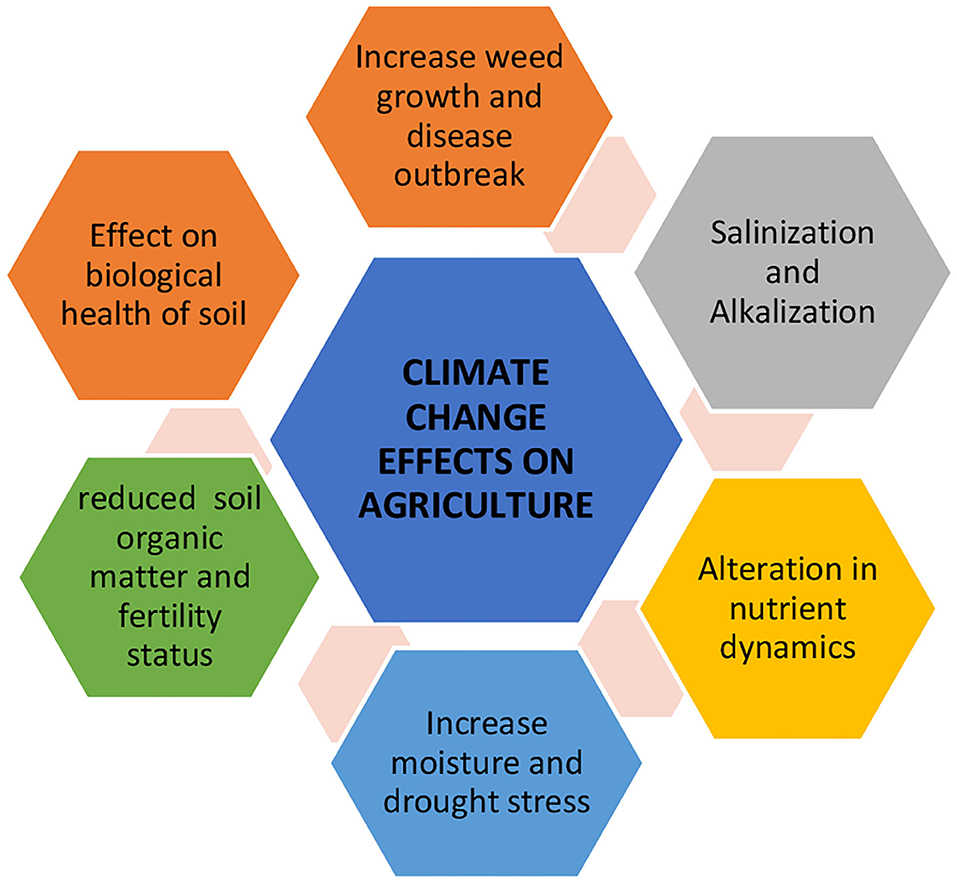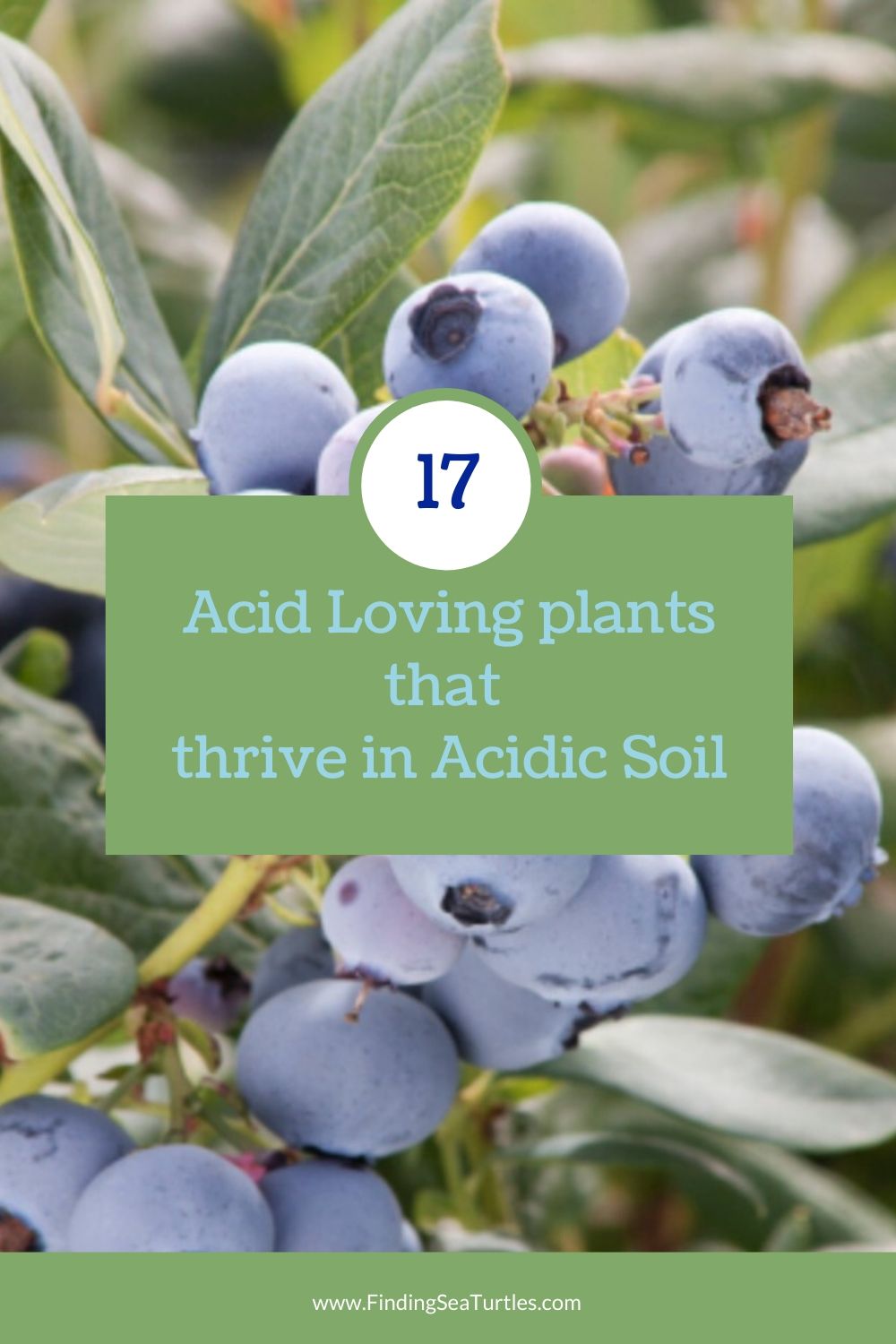Understanding Acidic Soil and Its
Understanding Acidic Soil and Its Effects on Plant Growth
Acidic soil, characterized by a pH level below 7.0, presents a unique set of challenges and opportunities for gardeners. While many plants struggle to thrive in acidic environments, others have adapted to these conditions and can flourish with proper care. Plants that prefer acidic soil, such as Azaleas and Rhododendrons, have evolved to extract essential nutrients from the soil more efficiently, making them ideal candidates for acidic soil gardens.
The benefits of growing plants in acidic soil are numerous. For instance, acidic soil can help to solubilize essential micronutrients, making them more available to plants. Additionally, acidic soil can reduce the risk of certain plant diseases, as many pathogens thrive in neutral or alkaline environments. However, acidic soil also presents challenges, such as the potential for nutrient deficiencies and the need for specialized fertilizers.
To create an acidic soil garden, it’s essential to understand the underlying chemistry of the soil. Acidic soil is often characterized by high levels of hydrogen ions, which can affect the availability of essential nutrients. By understanding these dynamics, gardeners can take steps to create an acidic soil environment that supports the growth of plants that prefer acidic soil.
One of the primary challenges of growing plants in acidic soil is managing nutrient deficiencies. Acidic soil can be low in essential nutrients like phosphorus, calcium, and magnesium, which are critical for plant growth. To address these deficiencies, gardeners can use specialized fertilizers that are formulated for acidic soil. These fertilizers can help to provide the necessary nutrients for plant growth, while also maintaining the acidic pH of the soil.
In addition to managing nutrient deficiencies, gardeners must also consider the potential for aluminum toxicity in acidic soil. Aluminum can be toxic to plants in high concentrations, and acidic soil can increase the availability of aluminum ions. To mitigate this risk, gardeners can use soil amendments like lime or dolomitic limestone to raise the pH of the soil and reduce the availability of aluminum ions.
By understanding the unique characteristics of acidic soil and taking steps to manage nutrient deficiencies and aluminum toxicity, gardeners can create an acidic soil garden that supports the growth of plants that prefer acidic soil. With proper care and attention, these plants can thrive in acidic environments, providing a unique and rewarding gardening experience.
Top Acid-Loving Plants for Your Garden
When it comes to plants that prefer acidic soil, there are many options to choose from. Some of the most popular and beautiful plants that thrive in acidic environments include Azaleas, Rhododendrons, and Blueberries. These plants have evolved to extract essential nutrients from the soil more efficiently, making them ideal candidates for acidic soil gardens.
Azaleas, for example, are a type of flowering shrub that thrive in acidic soil with a pH between 5.5 and 6.5. They produce vibrant flowers in shades of pink, purple, and white, and can grow up to 6 feet tall. Rhododendrons, on the other hand, are a type of evergreen shrub that prefer acidic soil with a pH between 5.5 and 6.5. They produce large, showy flowers in shades of pink, purple, and white, and can grow up to 10 feet tall.
Blueberries are another type of plant that prefer acidic soil, with a pH between 4.0 and 5.5. They produce delicious fruit in the summer months, and can grow up to 6 feet tall. Blueberries are also a great choice for acidic soil gardens because they are relatively low maintenance and can thrive in a variety of conditions.
In addition to these plants, there are many other options to choose from when it comes to plants that prefer acidic soil. Some other popular options include Hydrangeas, Ferns, and Mosses. These plants can add beauty and texture to your garden, and can thrive in acidic environments.
When growing plants that prefer acidic soil, it’s essential to provide them with the right conditions. This includes using acidic soil with a pH between 4.0 and 6.5, and providing adequate moisture and nutrients. With the right care and attention, plants that prefer acidic soil can thrive and provide beauty and enjoyment for years to come.
The Importance of Soil pH for Plant Nutrition
Soil pH plays a crucial role in plant nutrition, as it affects the availability of essential nutrients and micronutrients. Plants that prefer acidic soil, such as Azaleas and Rhododendrons, have evolved to thrive in environments with low pH levels. In acidic soil, the availability of nutrients like nitrogen, phosphorus, and potassium is increased, making it easier for plants to absorb them.
However, acidic soil can also have its challenges. For example, the availability of micronutrients like calcium and magnesium can be limited in acidic soil. This can lead to nutrient deficiencies, which can impact plant growth and development. Additionally, acidic soil can also affect the activity of beneficial microorganisms, which are essential for plant nutrition.
Understanding the impact of soil pH on plant nutrition is essential for creating a thriving acidic soil garden. By knowing how to adjust the soil pH and provide the necessary nutrients, gardeners can create an environment that supports the growth of plants that prefer acidic soil. This includes using acidic fertilizers, which are specifically formulated to provide the necessary nutrients for plants growing in acidic soil.
It’s also important to note that the optimal soil pH for plant growth can vary depending on the specific plant species. For example, Blueberries prefer a soil pH between 4.0 and 5.5, while Azaleas prefer a soil pH between 5.5 and 6.5. By understanding the specific needs of each plant species, gardeners can create a tailored approach to soil pH management that supports optimal plant growth.
In addition to adjusting the soil pH, gardeners can also use other techniques to optimize plant nutrition in acidic soil. This includes using organic matter like compost or manure, which can help to improve soil fertility and structure. By combining these techniques with a deep understanding of soil pH and plant nutrition, gardeners can create a thriving acidic soil garden that supports the growth of plants that prefer acidic soil.
Acidic Soil and Plant Combinations: A Guide to Companion Planting
Companion planting is a technique used by gardeners to create a harmonious and thriving garden ecosystem. By pairing plants that prefer acidic soil with complementary plants, gardeners can improve growth, reduce pests and diseases, and create a more diverse and resilient garden. In this section, we will explore some examples of plant combinations that thrive in acidic soil and discuss the benefits of companion planting.
One example of a successful plant combination in acidic soil is pairing Azaleas with Ferns. Azaleas prefer acidic soil with a pH between 5.5 and 6.5, while Ferns prefer a slightly more acidic soil with a pH between 4.5 and 5.5. By planting these two species together, gardeners can create a beautiful and thriving garden bed that benefits from the complementary growth habits and nutrient requirements of each plant.
Another example of a successful plant combination in acidic soil is pairing Blueberries with Rhododendrons. Blueberries prefer acidic soil with a pH between 4.0 and 5.5, while Rhododendrons prefer a slightly more acidic soil with a pH between 5.5 and 6.5. By planting these two species together, gardeners can create a garden bed that benefits from the complementary growth habits and nutrient requirements of each plant, as well as the added benefit of improved pest resistance.
The benefits of companion planting in acidic soil are numerous. By pairing plants that prefer acidic soil with complementary plants, gardeners can improve growth, reduce pests and diseases, and create a more diverse and resilient garden. Companion planting can also help to improve soil fertility and structure, as well as reduce the need for fertilizers and pesticides.
In addition to the examples mentioned above, there are many other plant combinations that thrive in acidic soil. Some other examples include pairing Hydrangeas with Mosses, or pairing Azaleas with Wildflowers. By experimenting with different plant combinations, gardeners can create a unique and thriving garden ecosystem that benefits from the complementary growth habits and nutrient requirements of each plant.
Common Challenges and Solutions for Acidic Soil Gardening
While acidic soil can be a challenging environment for plant growth, there are several common challenges that gardeners may face when growing plants that prefer acidic soil. In this section, we will discuss some of the most common challenges and offer practical solutions and advice for overcoming them.
One of the most common challenges faced by gardeners growing plants in acidic soil is nutrient deficiencies. Acidic soil can be low in essential nutrients like nitrogen, phosphorus, and potassium, which are critical for plant growth. To overcome this challenge, gardeners can use acidic fertilizers that are specifically formulated to provide the necessary nutrients for plants growing in acidic soil.
Another common challenge faced by gardeners growing plants in acidic soil is pests and diseases. Acidic soil can be more susceptible to pests and diseases, which can impact plant growth and development. To overcome this challenge, gardeners can use integrated pest management techniques, such as introducing beneficial insects or using organic pesticides.
Acidic soil can also be more prone to drought, which can impact plant growth and development. To overcome this challenge, gardeners can use mulch or other soil amendments to improve soil moisture and reduce the risk of drought.
In addition to these challenges, gardeners growing plants in acidic soil may also face challenges related to soil erosion and nutrient leaching. Acidic soil can be more susceptible to erosion, which can impact soil fertility and structure. To overcome this challenge, gardeners can use soil amendments like compost or manure to improve soil fertility and structure.
By understanding the common challenges faced by gardeners growing plants in acidic soil, gardeners can take steps to overcome them and create a thriving acidic soil garden. With the right techniques and strategies, gardeners can grow a wide range of plants that prefer acidic soil, including Azaleas, Rhododendrons, and Blueberries.
Acidic Soil and Environmental Factors: How Climate and Weather Impact Plant Growth
Environmental factors, such as climate and weather, play a crucial role in plant growth and development, particularly in acidic soil. Plants that prefer acidic soil, such as Azaleas and Rhododendrons, are adapted to thrive in environments with specific temperature, rainfall, and sunlight conditions.
Temperature is a critical environmental factor that affects plant growth in acidic soil. Most plants that prefer acidic soil thrive in temperatures between 40°F and 70°F (4°C and 21°C). Temperatures above 80°F (27°C) can lead to heat stress, while temperatures below 30°F (-1°C) can cause cold damage.
Rainfall is another essential environmental factor that affects plant growth in acidic soil. Plants that prefer acidic soil typically require consistent moisture, especially during the growing season. However, excessive rainfall can lead to waterlogged soil, which can be detrimental to plant growth.
Sunlight is also a critical environmental factor that affects plant growth in acidic soil. Most plants that prefer acidic soil require partial shade to full sun, depending on the species. Insufficient sunlight can lead to weak and spindly growth, while excessive sunlight can cause scorching and discoloration.
Climate and weather patterns can also impact plant growth in acidic soil. For example, plants that prefer acidic soil may be more susceptible to drought in areas with low rainfall. In contrast, plants that prefer acidic soil may thrive in areas with high rainfall and mild temperatures.
Understanding the impact of environmental factors on plant growth in acidic soil is essential for creating a thriving acidic soil garden. By providing the right conditions, gardeners can help plants that prefer acidic soil to grow and thrive, even in challenging environmental conditions.
Conclusion: Creating a Thriving Acidic Soil Garden
Acidic soil can be a challenging environment for plant growth, but with the right knowledge and techniques, gardeners can create a thriving acidic soil garden. By understanding the characteristics of acidic soil and its effects on plant growth, gardeners can select the right plants that prefer acidic soil, such as Azaleas, Rhododendrons, and Blueberries.
Creating an acidic soil garden requires careful planning and attention to detail. Gardeners must test the soil pH and adjust it as necessary, provide the right fertilization and care, and select plants that are adapted to thrive in acidic environments.
Companion planting is another important technique for creating a thriving acidic soil garden. By pairing plants that prefer acidic soil with complementary plants, gardeners can improve growth, reduce pests and diseases, and create a more diverse and resilient garden.
Common challenges faced by gardeners growing plants in acidic soil include nutrient deficiencies, pests, and diseases. However, by understanding the causes of these challenges and taking practical steps to overcome them, gardeners can create a thriving acidic soil garden.
Environmental factors, such as climate and weather, also play a critical role in plant growth in acidic soil. By understanding how these factors affect plant performance, gardeners can provide the right conditions for plants to thrive.
In conclusion, creating a thriving acidic soil garden requires a deep understanding of the characteristics of acidic soil and its effects on plant growth. By selecting the right plants, providing the right care and attention, and overcoming common challenges, gardeners can create a beautiful and thriving acidic soil garden that brings joy and beauty to their outdoor space.









